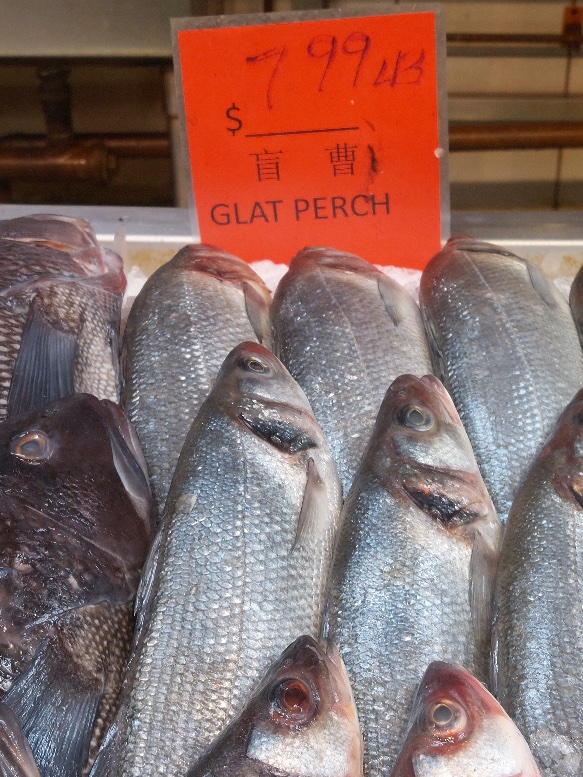Stochastic popinjay and Perso-Arabic art / adab
‘Stochastic Parrot’: A Name for AI That Sounds a Bit Less Intelligent
An ancient Greek word for guesswork fuels a term that suggests supersmart computer programs are just mimicking whatever they see
Ben Zimmer, WSJ, Word on the Street (January 18, 2024)
In his capacity as chair of the American Dialect Society's 2023 Word of the Year competition new words committee, our Language Log colleague Ben Zimmer oversaw the selection of candidates from the "special ad-hoc category related to one of the most buzzed-about stories of 2023: artificial intelligence."
Our new category included an array of AI heavy hitters. There was “ChatGPT,” the name for OpenAI’s chatbot, which is so successful it often gets used generically for any generative AI system. There was “LLM,” short for “large language model,” the machine-learning algorithm trained on mountains of text that powers AI programs. And there was “hallucination,” for AI-generated responses that are untethered from reality.
Read the rest of this entry »

